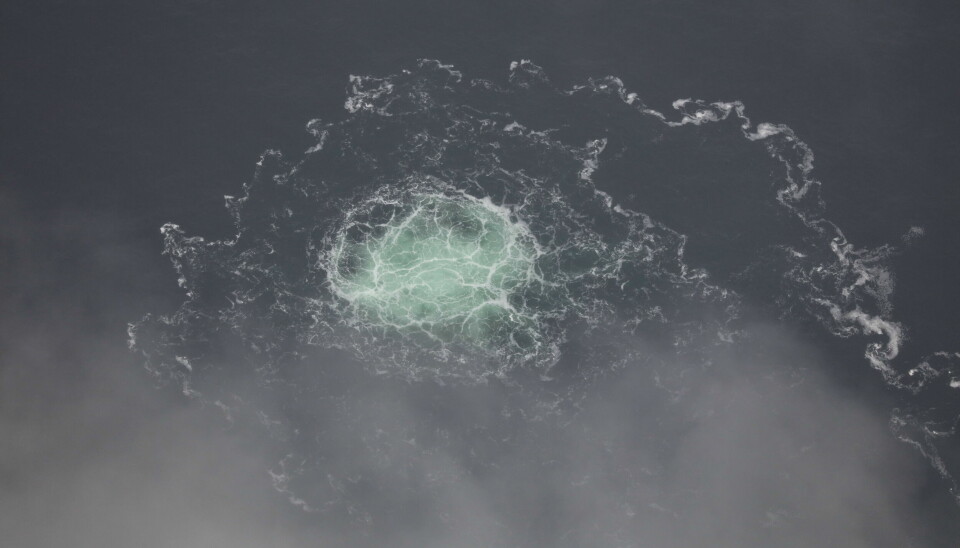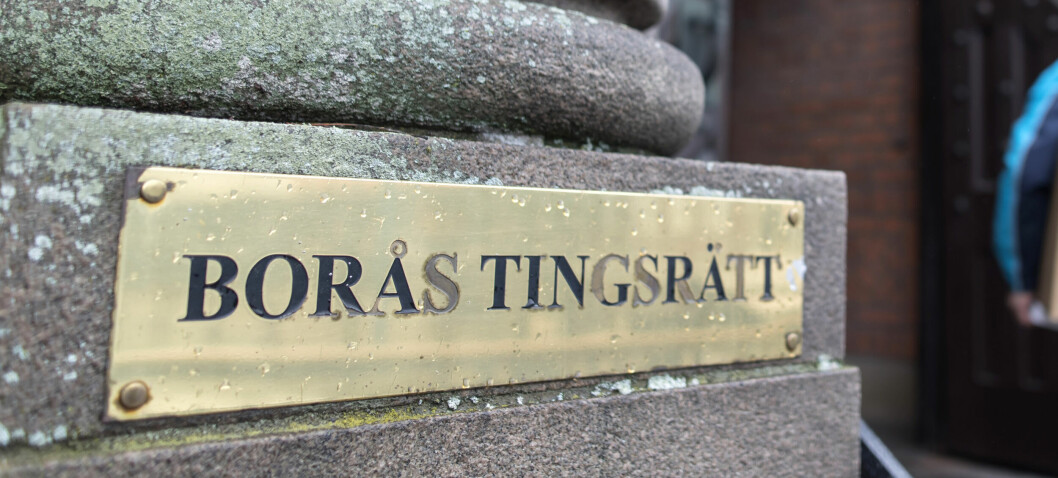Saturn’s “Death Star” can have life under the ice cover

Enceladus has water below its frozen surface. Now scientists believe that another of Saturn’s moons may be hiding a sea – little Mimas, called the “Death Star”.
Several moons in our solar system are thought to hide oceans under blankets of ice, environments that in turn can accommodate life forms. An example is Jupiter’s moon Europa, whose salty oceans may contain twice as much water as Earth’s oceans. It reports Research and Progress.
Emissions methane gas and ice
Another candidate is Saturn’s moon Enceladus, which has a sea beneath the frozen surface. Geysers at the South Pole emit methane gas and ice, and it was the Cassini spacecraft that revealed that the plumes contain organic compounds. It writes Nasa.
A review of data from Cassini, US scientists have now concluded that another of Saturn’s moons, Mimas, may have liquid water under the ice. It reports Universe Today.
Enormous impact craters
Researchers at the Southwest Research Institute and the Planetary Science Institute have published their work in the scientific journal Icarus.
The nickname “Death Star” comes from the huge impact crater, with a diameter of 130 km, which makes the moon resemble the Death Star in the Star Wars movies.
Mimas has a modest diameter of 418 x 392 x 382 km. The signs of geological activity that have been seen on the surface of Europe and Enceladus are missing, but the researchers noted that Mima’s is swaying in its orbit.
Researcher: “Mimas tricked us”
The orbit around Saturn takes 22 hours and 36 minutes for Mimas. The gravity from the large planet can give rise to so-called tidal heating, which together with heat from the rotational energy melts part of the ice.
The movements of the water below the surface could explain the wobble of the moon, and according to the researchers, the sea can be 24-31 km below the ice.
“Because Mima’s surface was so bombarded with craters, we thought it was just a frozen lump of ice. IWOWs (Interior Water Ocean Worlds) such as Enceladus and Europe tend to have cracks or other traces of geological activity “, says researcher Alyssa Rhoden in a comment.
“But it turned out that Mimas deceived us, and our new insights have helped to broaden the definition of what constitutes a habitable world, in our solar system and beyond,” she continues.



